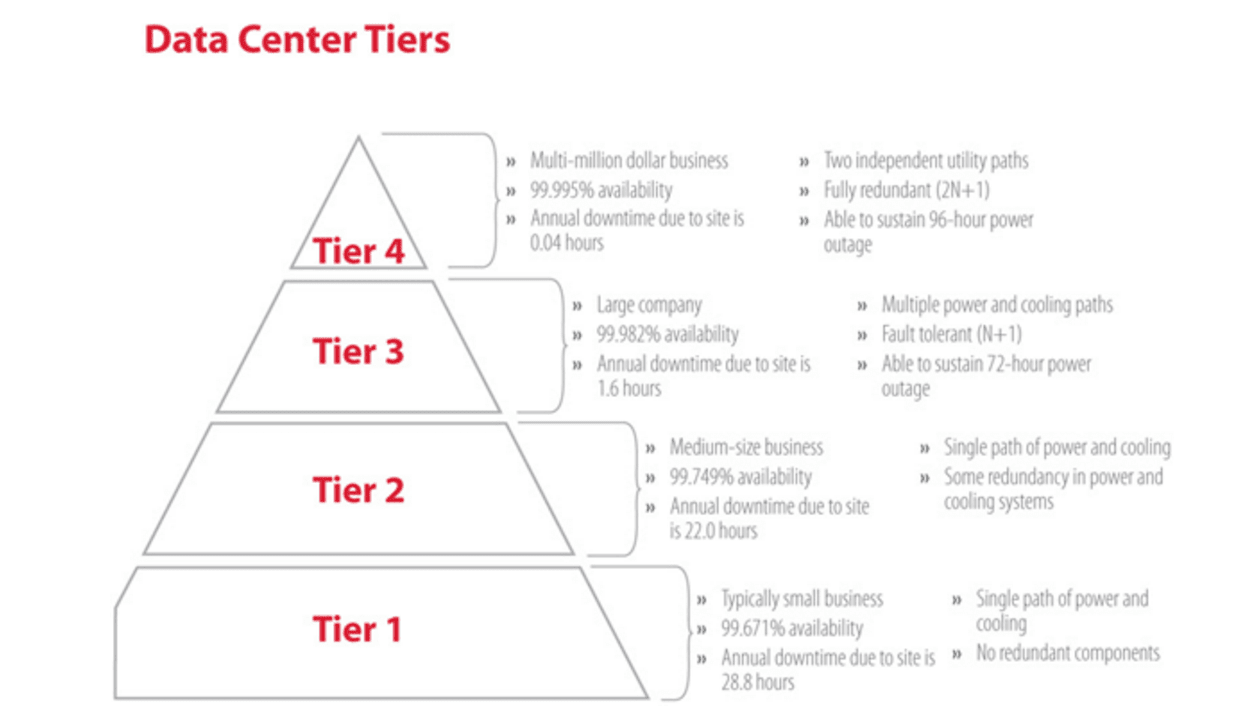If a Company Goes Bust Who Pays Redundancy? Lawful Insights for UK Worker
If a Company Goes Bust Who Pays Redundancy? Lawful Insights for UK Worker
Blog Article
Unloading the Strategies for Mitigating Business Redundancy and Enhancing Organizational Durability
Mitigating firm redundancy and enhancing business strength have come to be focal points for leaders aiming to grow and adjust in an ever-evolving market. As we discover the diverse methods employed by forward-thinking companies, a much deeper insight emerges right into the aggressive actions important for cultivating agility and fortitude in the face of adjustment.
Assessing Current Business Redundancies
To effectively examine current business redundancies within a company, a detailed review of the existing duties, processes, and duties is necessary. if a company goes bust who pays redundancy. By carrying out a thorough exam of the various features and tasks performed within the company, management can determine areas where duplication of efforts or inadequacies exist. This assessment should not just focus on specific task duties but also consider exactly how different departments work together and interact
One technique to examining redundancies is to evaluate job descriptions and duties to identify any overlaps or spaces in duties. Furthermore, analyzing the operations and interaction networks can disclose traffic jams or unnecessary action in procedures. It is vital to include staff members in all levels throughout this evaluation to get insights from those directly entailed in day-to-day operations.

Carrying Out Agile Labor Force Methods
Adhering to an extensive assessment of present organizational redundancies, the execution of agile workforce techniques comes to be necessary for optimizing operational performance and flexibility. One vital facet of carrying out nimble labor force techniques is promoting a culture of continual knowing and growth.
An additional necessary element of active labor force methods is promoting transparent communication and empowering staff members to choose autonomously within their roles. By decentralizing decision-making procedures, organizations can react a lot more efficiently to challenges and possibilities. Additionally, adopting dexterous project administration methodologies, such as Scrum or Kanban, can increase and improve process productivity. In general, implementing agile labor force strategies can help companies remain affordable in today's rapidly progressing service landscape.
Leveraging Technology for Effectiveness
Leveraging advanced technological options can substantially enhance functional performance within companies seeking to optimize and improve procedures resource application. By incorporating automation tools, fabricated knowledge, and data analytics, firms can improve operations, minimize manual errors, and make data-driven choices immediately. Automation can handle repeated tasks, allowing staff members to concentrate on even more calculated initiatives, thus increasing efficiency and advancement.
In addition, the execution of cloud computer services allows smooth cooperation amongst employee, no matter their physical place. This cultivates communication, boosts project monitoring, and improves general effectiveness. In addition, utilizing customer connection monitoring (CRM) software program can aid services much better comprehend their consumers' requirements, individualize communications, and ultimately boost client fulfillment and commitment.

Urging Continual Learning and Development
Executing a culture of continuous understanding and development is important for advice cultivating growth and flexibility within a dynamic organizational setting. Motivating workers to participate in continuous knowing chances not only boosts their individual skills yet also adds to the overall strength of the business. By prioritizing constant discovering, organizations can remain abreast of sector patterns, adapt to technological advancements, and stay competitive in the market.
To efficiently motivate constant learning and advancement, firms can develop knowing and growth programs, offer chances for upskilling and reskilling, provide access to on the internet programs and resources, and develop an encouraging knowing environment. Managers play an essential duty in promoting a culture of knowing by leading by example, providing responses and coaching, and recognizing and rewarding workers' discovering success.
Building a Resilient Business Society
Creating a resistant company society is vital for organizations seeking to flourish and navigate difficulties in an ever-evolving organization landscape. A resilient corporate society is identified by flexibility, transparency, open interaction, and a strong feeling of purpose. To build such a culture, leaders have to focus on fostering depend on amongst employees, urging partnership, and advertising a growth way of thinking. Clear interaction about business adjustments, obstacles, and successes is critical in producing a culture where workers really feel notified and valued. Furthermore, offering opportunities for professional growth, recognizing and rewarding employees' contributions, and promoting work-life equilibrium are vital elements of a durable business culture.
Leaders play a considerable role fit the society of an organization. By leading by instance, demonstrating durability when faced with misfortune, and proactively supporting their teams, leaders can instill these worths throughout the organization. A resistant corporate society not only assists companies hold up against challenges yet also cultivates advancement, boosts staff member interaction, and eventually adds to long-term organizational success.
Final Thought
In final thought, the methods straight from the source for reducing firm redundancy and boosting organizational resilience are crucial for preserving competitiveness in today's vibrant organization environment. By assessing current redundancies, applying nimble workforce approaches, leveraging technology, encouraging constant discovering and development, and building a resilient business society, organizations can adapt to alter, enhance efficiency, and foster innovation. These positive measures will certainly assist business navigate challenges, decrease interruptions, and make sure long-term success in the ever-evolving market.
Adhering to a detailed evaluation of current organizational redundancies, the execution of nimble workforce approaches becomes vital for enhancing operational performance and flexibility - if a company goes bust who pays redundancy. Overall, executing dexterous workforce strategies can assist firms stay competitive in today's quickly next page evolving company landscape
A resilient business culture not just assists firms withstand obstacles however additionally cultivates innovation, enhances worker interaction, and eventually adds to long-term organizational success.

Report this page